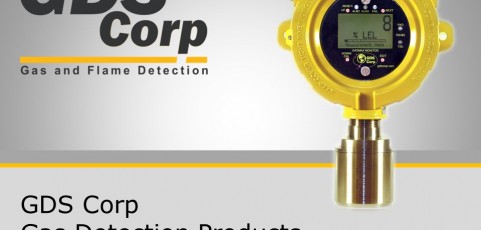5 Requirements for Setting Up Gas Detection Equipment
It is essential to properly set up your gas detection equipment. If you don’t install everything correctly, it could lead to disastrous consequences when a leak crops up. Don’t think that rushing or overlooking steps is alright, because gas leaks occur pretty frequently in the industrial and commercial worlds. A job half-done can result in damaged company property, serious injuries, or in the worst cases, death.
Here are five absolute requirements in the setup of any gas detection system.
Sensors
Sensors must be installed in the areas which they are to monitor. You can’t put a sensor that needs direct contact with the monitored gases in the room next to the one that needs monitoring and expect it to work. Ensure every sensor is properly installed and hooked up to every system it needs to work correctly.
Orientation
Make sure that all sensors are properly oriented toward or in their target areas.
With direct contact sensors, this means that they are in the places that leaking gases are mostly likely to pass or in which they will accumulate. For dense gases, this would be lower to the ground. For lighter gases, it will be higher in the air. Research the gases you monitor to determine the best location.
Sensors which use light to determine leakage should be pointed such that their light can reach all the places which they are supposed to monitor.
Sensors monitoring auditory background for the sound of a leak should be located in the places where they are best able to “hear” the entire environment of the monitored area. Be sure that the areas most prone to leaks are within range.
Control System
After installing the sensors, it’s vital to get all of them hooked up to your central control and/or monitoring system. The sensor may work if hooked up to electricity, but without this assurance, identifying leaks and getting the notification out will be impossible.
Alarms
Your alarm system needs to be plugged into the central control system, so that it will sound appropriately as soon as a dangerous leak is detected. Working alarm systems are how most workers will get the news of a leak and the notice to evacuate all effected areas. No one wants people dying of asphyxiation or explosions. Making sure that alarms are connected all the right ways will be your greatest aid in notification.
Testing
Initial testing is imperative to knowing your system is working properly. If necessary, get trained professionals to come out and perform initial tests to ensure that every part of your gas detection equipment is working correctly.
Monthly and quarterly all-system tests will identify any issues so that you’re able to get them fixed before an incident happens.
Whatever you do, ensure that all five of these steps are followed before claiming to anyone that your gas detection equipment up and running. Regulatory agencies and employees alike will be happier knowing this.

